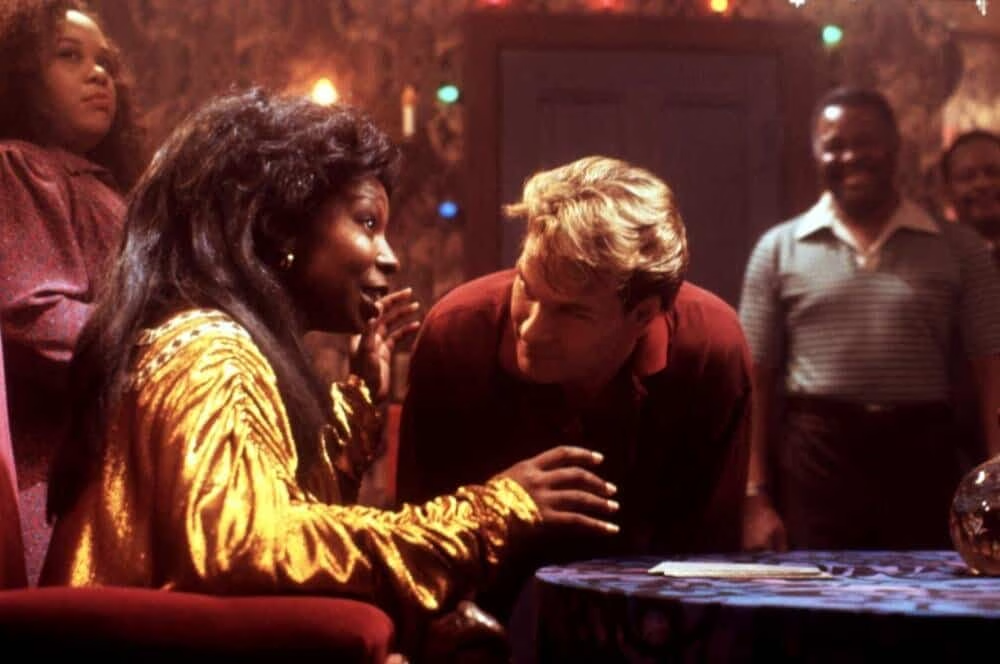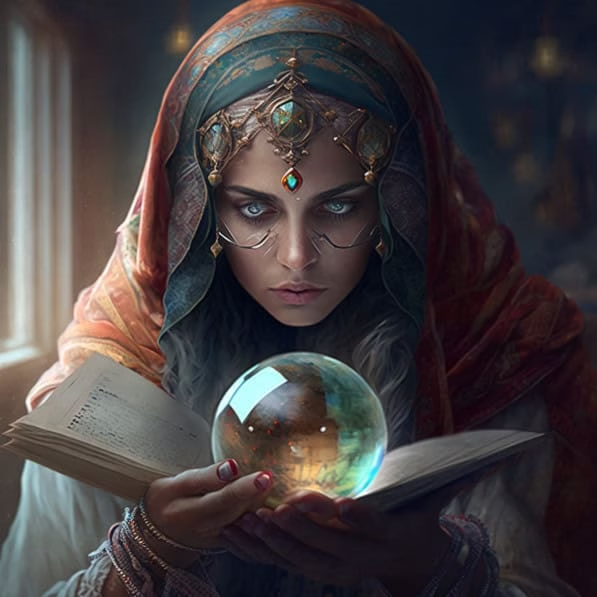Fortune Teller
Fortune telling dates back to a time when people were full of superstitions. They wanted to know the future so they could prepare for the unknown.
Their tricks of divination include things like tarot cards, sticks called bile, and phallic images called yoni. While these have been replaced with more scientific methods, you can still learn a thing or two from them. The earliest fortune tellers were the Babylonians and the Assyrians. They already had their gods and goddesses, a religion, a king, a social system, and a strange practice called extispicy. Extispicy was the inspection of animal entrails to determine things like whether there would be human deaths, who would win battles, or even whether good crops might grow in the coming season., the “entrails” refer to the animal’s bowel movement or excrement. The animal had to be an unblemished male. The diviner then examined the texture, color, and even smell of its poop to let them know where the good and bad fortune will come from.
The Babylonians were in the business of predicting the future, but they did this via omens. That meant looking for signs like rain, cracks in a rock, weird bird behavior, or even changes in a mountain or wall. They relied on Babylonian astrology, an ancient belief that the position of planets and stars affects human destiny. Either way, fortune-telling is old and has been practiced in one form or another ever since. It has evolved and changed over time. One major change is that it now uses cards instead of sticks, which have been used to predict future events for thousands of years. The earliest cards were used in China during the Han dynasty. They were carved into designs or shapes that represented the meanings of things like good fortune or bad luck. They had drawings of animals and people. The Chinese were left-handed. Their fortunes were read with the right hand.
This divination spread throughout Asia, and you can even find it in India, Japan, and Korea. You can even find it in ancient Egypt, where it was known as a means of knowing about the future by casting lots. By casting lots, they determined what was going to happen to an individual based on fate. The practice eventually spread to Europe and affected its culture at large over time. That meant the cards were known as “tarot.” these cards are divination tools based on a system of symbolism called “tarot de Marseille” or “tarot of Roman Marseilles.” fortune telling used to involve palm reading. This technique involved reading the lines in people’s hands to tell them about health, spiritual matters, and even love affairs. It has to do with people’s lifelines and their ability to create luck at work.
The line on your hand can show your personality, how well you have developed your potential, or even how much wealth you will acquire in the future. Square palm lines represent hard work and stable finances. Spade shapes, on the other hand, measure the quality of your luck. This will tell you if you have good health, are emotionally stable, or even how your spiritual development will turn out.
It is said that the reading can be affected by the lines found on the hand. Some kinds of lines become thicker as time passes. That means you can get a glimpse into your future via palmistry. Nowadays, fortune telling has evolved again in a way that uses letters instead of cards and even numbers instead of sticks. There is alphabetology or magical alphabets. Alphabetology is the practice of using letters to produce magical names. It involves looking for names that might be given to babies or even determining the best time for a person to get married based on their first name. It is an exciting study that can help you deepen your understanding of yourself and your relationships. In magic, using letters is not new. Many civilizations have used this form of divination over time.
You can read more about them in places like India, China, Greece, Egypt, and Rome. The Egyptians were able to understand how the alphabet had been formed based on what they called “hieroglyphs.” these were symbols depicting the actions of their gods. Ancient Greeks, meanwhile, used letters to support or enhance their own beliefs. This was what they called “grimoire maikos—the esoteric branch of magic.” in Latin culture, alphabetology was known as abecedarius divinationis.
Abecedarius divinationis is a system of divination in which all the letters of the alphabet are used. Each letter means something depending on how it is arranged on a piece of paper or a table, known as a “magic square. ” you can use this in fortune telling and other kinds of divination. There is numerology, which is the study of numbers and numbers alone. Numbers are the most important components of a person’s identity. The numbers themselves are based on dates, birth dates, and more. They can tell you about your personality, your strengths and weaknesses, or even foretell upcoming events in your life. The other forms of divination have been argued to predict future events accurately.
In numerology, numbers carry a special significance that can affect our lives in some way or another. It is based on a study that suggests that numbers are capable of creating positive vibrations in your life. They avoid negative emotions and situations. Numerology is a popular form of divination used in psychological and spiritual practices. Like other forms of divination, it uses symbols and numbers—usually the numbers four, seven, and ten. Numerology is supposed to have positive effects on one’s life or even predict one’s future.
There is the tarot, an old form of fortune-telling based on a deck of cards. Tarot involves using tarot cards to make predictions regarding your future, relationship, or even career. What differs from most fortune-telling techniques is that these cards aren’t merely used for prediction alone. These tarot cards are associated with various types of symbolism. Tarot is usually associated with the concept of “guiding light” or “magical protection.” this symbolism is based on the meaning of each card. These cards are said to have a level of power depending on their position on the layout.
The positions in which they are found can tell you about what character you have and what your future might be like. The tarot deck consists of 78 cards, but they can be shapes and sizes. Some decks don’t have any higher-order cards, while others have a few. There are many decks, including 22 major arcana and 20 minor arcana.



